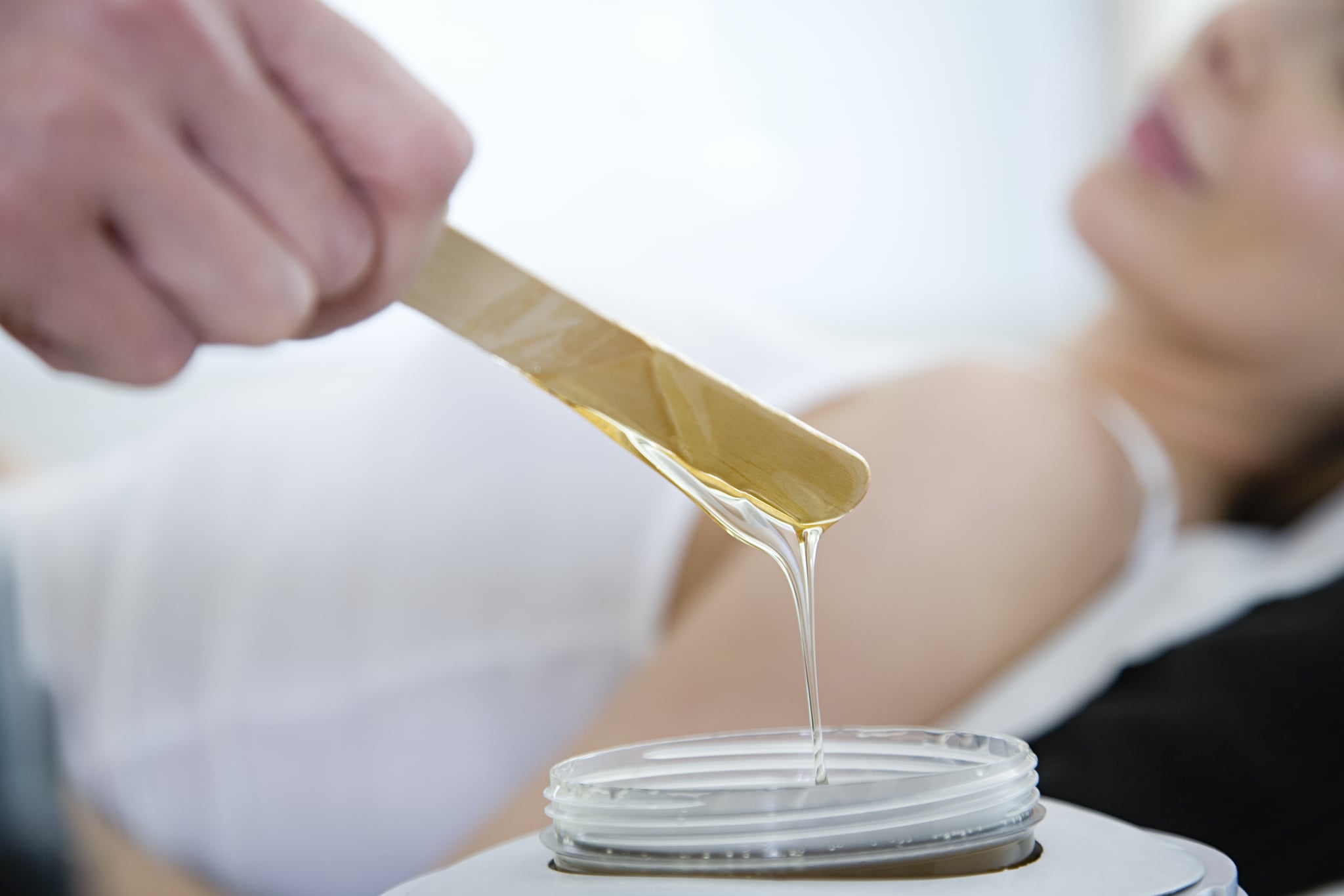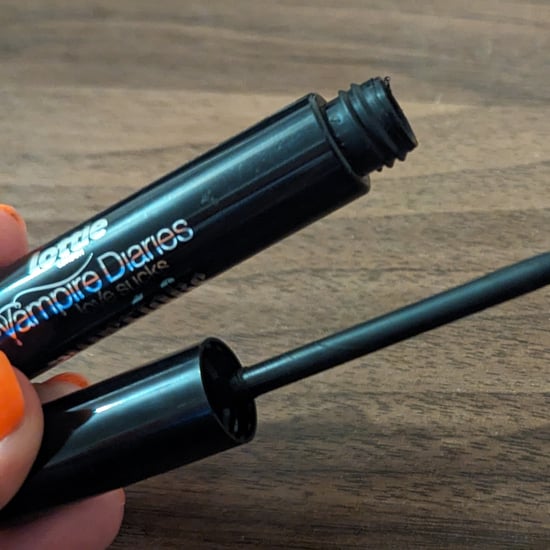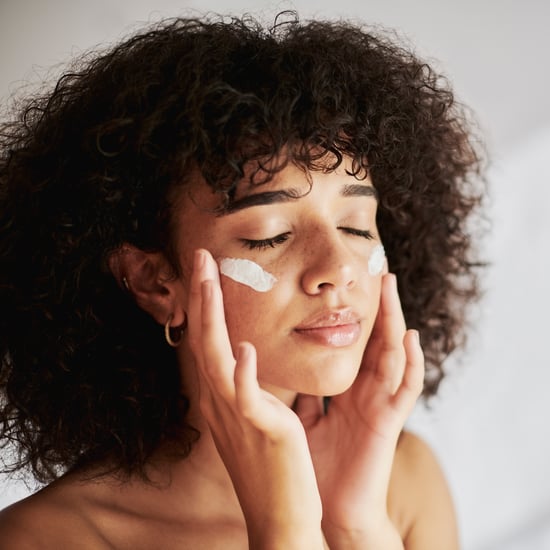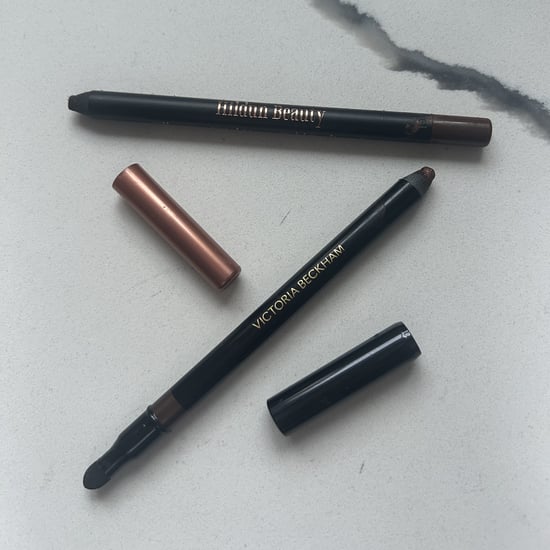Waxing Side Effects
The Gross Things That Can Happen to Your Skin When You Wax
As POPSUGAR editors, we independently select and write about stuff we love and think you'll like too. If you buy a product we have recommended, we may receive affiliate commission, which in turn supports our work.

Aside from the pain of actually yanking hair from its follicle, waxing can cause other traumas to your skin. It's important to note that getting silky-smooth, hairless skin via a hot wax can actually yield uncomfortable or irritating results, and we've enlisted the help of two top dermatologists, Joshua Zeichner, MD, and Kavita Mariwalla, MD, to break them down.
The Possible Side Effects and How to Treat Them
Burns: Ideally, wax is applied to your skin at body temperature. If it's not, there is a risk of thermal burns. Dr. Zeichner said using exfoliating ingredients (like hydroxy acids) prior to a wax can increase the risk. Dr. Mariwalla also suggested putting a pause on your use of retinol three to four days before your appointment, as this can make you more susceptible to a burn. Should you experience one, slather on a heavy ointment to create a protective barrier. Dr. Zeichner likes Aveeno Cracked Skin Relief Cica Ointment ($14).
Infection: Contracting different skin infections can also occur and may take the form of red, warm, or tender areas after your wax. Dr. Zeichner mentioned one such infection, folliculitis — which can be characterized by red, pimple-like bumps — can occur if bacteria invade your hair follicles. "Oftentimes, an acne cleanser that contains benzoyl peroxide can help treat this, like Clean and Clear Continuous Control Cleanser ($5). If it is not improving, your dermatologist can write you a script for a prescription topical or oral antibiotic." Dr. Zeichner suggested seeing your doctor if it does not improve after a day or two.
Waxing can even provoke a flare-up of past infections. "If you have a history of cold sores or genital herpes, the trauma from a wax may be enough to bring out a new outbreak," Dr. Zeichner said. "This would look like a group of red, tender bumps or blisters, and [this type of outbreak] will improve on its own over the course of a week or so."
Preventative Measures
You can do a few things to prevent excessive trauma to your skin. First and foremost, make sure you vet wherever you choose to get your wax. You can do so by reading reviews of past customers' experiences and being aware of your esthetician's practices. "Keep an eye out for whether they are dipping the wooden stick back into the wax after applying it to your skin," Dr. Mariwalla said. "If yes, chances are they are doing that to everyone and that warm tin of wax can have several contaminants."
Next, stay away from exfoliating products or scrubs and introduce moisturising ingredients to the area. "The physical and chemical exfoliators can make the skin more sensitive and increase your risk of a potential side effect," Dr. Zeichner said. Regarding moisturisers, he recommended ones that contain hyaluronic acid. "It's like a sponge that binds to 1,000 times its weight in water to plump and hydrate."
Lastly, make sure your hair is long enough to wax to avoid potential infections. Zeichner suggested that hair be at least 1 to 2 mm long before your appointment. "Wax is applied to the skin and attaches to the hairs at the surface," he said. "If the hairs are not long enough, the wax will not have anything to grab onto as it is removed."







